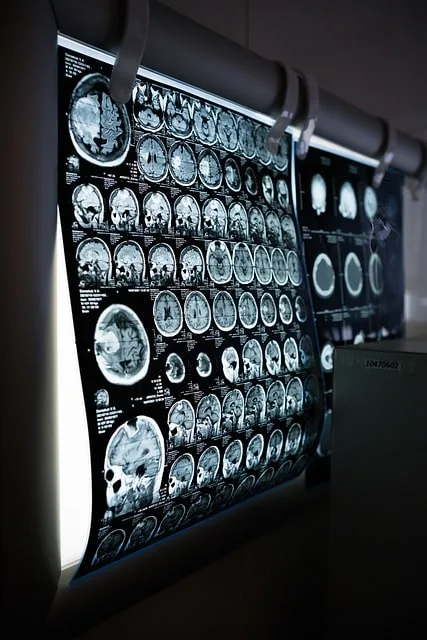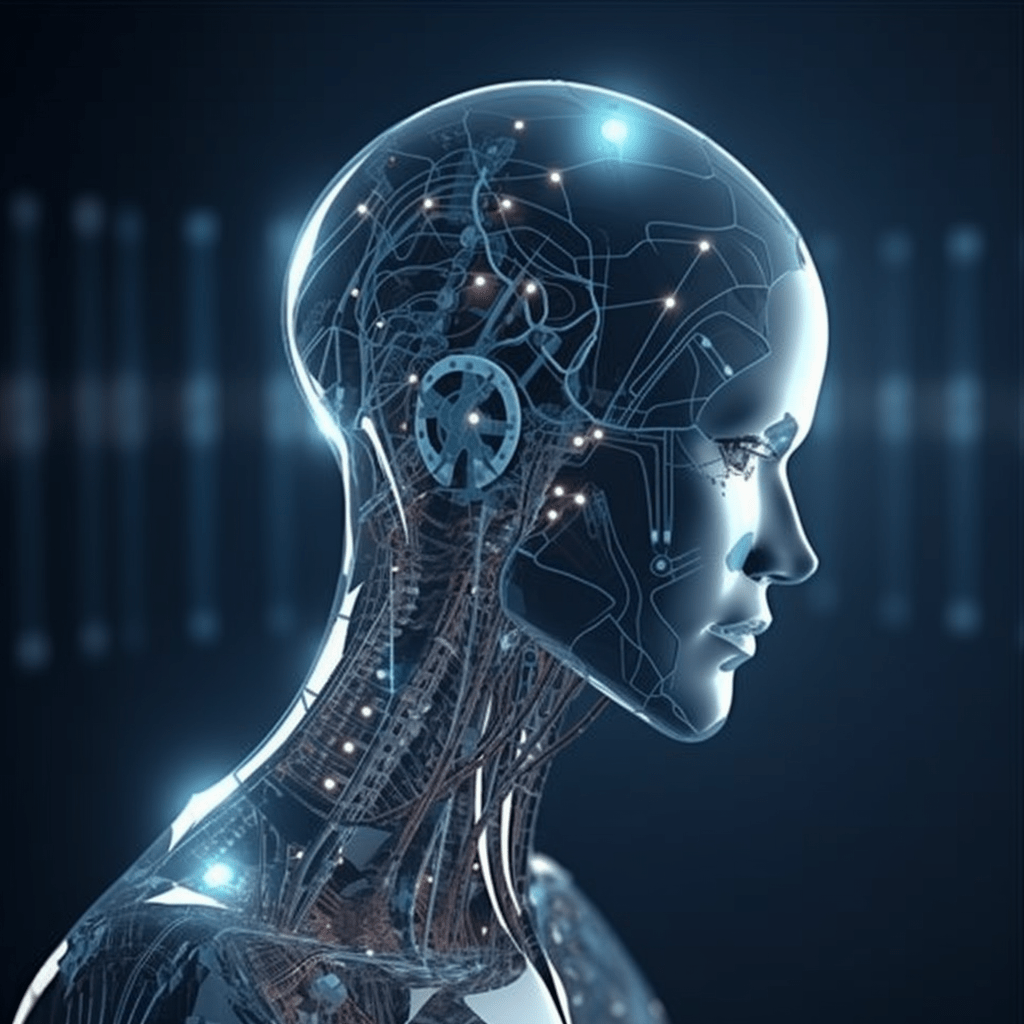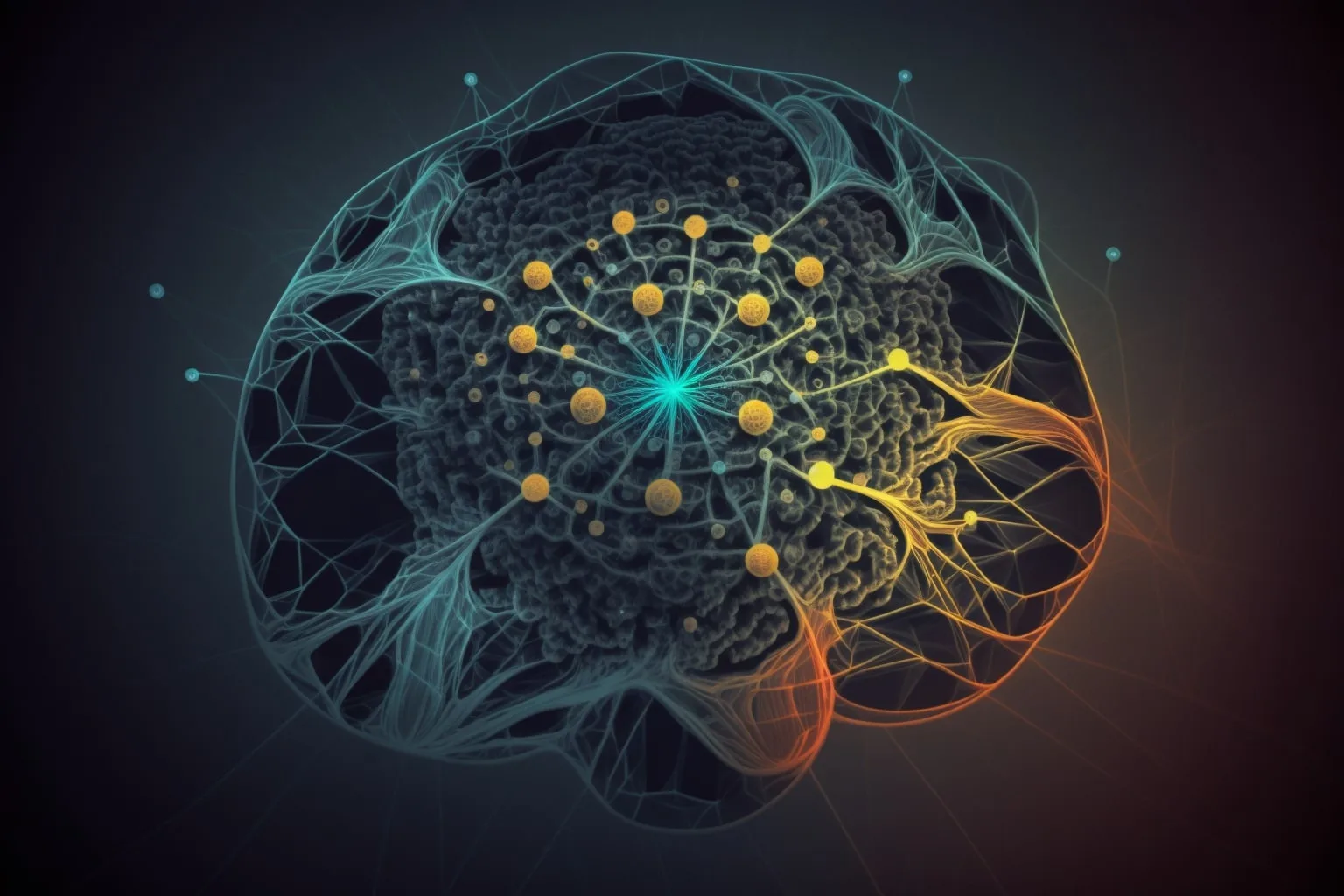
Rise of Convolutional Neural Networks in Healthcare
Convolutional Neural Networks (CNNs) have emerged as a powerful tool in the image recognition domain. In the recent years, the application of Convolutional Neural Networks has also extended to healthcare. Furthermore, they have significantly impacted diagnostics and personalized treatment plans.
In this article, we will trace the historical development of CNNs, explore their current applications in revolutionizing healthcare, and discuss the challenges we can associate with their use in this domain.
Historical Development of Convolutional Neural Networks
The foundations of CNNs date back to the 1960s, with the development of the perceptron. However, it wasn’t until 1980s an 1990s that researchers began to experiment with convolutional layers to process visual information more efficiently.
Yann LeCun, a key figure in the history of CNNs, introduced the LeNet-5 architecture in 1998. Moreover, this model demonstrated the potential of CNNs for handwriting recognition tasks.
Over the following decades, advances in computational power and the availability of large-scale datasets fueled the rapid development of CNNs. And even to this day, culminating in their current state-of-the-art performance in a wide range of applications.
Convolutional Neural Networks in Healthcare Diagnostics
One of the most significant contributions of Convolutional Neural Networks (CNNs) in healthcare is their ability to analyze medical images with remarkable accuracy.
There are several real-world applications, which demonstrate the transformative impact of CNNs in diagnostics.
Dermatology
CNNs have shown exceptional performance in detecting skin cancers, such as melanoma, by analyzing images of skin lesions. In some cases, these networks have even outperformed experienced dermatologists.
Radiology
Medical experts use CNNs for detecting and diagnosing a variety of conditions from medical imaging. Moreover, some of these include lung cancer from CT scans, breast cancer from mammograms, and brain tumors from MRI scans.
Pathology
CNNs are in use today for analysis of histopathological images, enabling faster and more accurate diagnoses of diseases like cancer.
Convolutional Neural Networks in Personalized Healthcare Treatment Plans
Beyond diagnostics, CNNs are also useful for developing personalized treatment plans for patients.
Cancer Treatment
By analyzing tumor images, CNNs can idetify genomic biomarkers and predict a patient’s response to specific therapies. Furthermore, they enable more targeted and effective treatments.
Mental Health
CNNs have been used to analyze brain imaging data to identify patterns associated with mental health disorders and recommend personalized interventions.
Challenges and Limitations
Despite the promise of CNNs in revolutionizing healthcare, there are several challenges and limitations we must address.
Data Quality and Availability
The performance of CNNs relies on high-quality, diverse, and well-labeled datasets. Therefore, the collection and curation of such data in healthcare can be challenging due to privacy concerns and data sharing restrictions.
Interpretability
Clinitians and medical experts often criticize CNNs for being “black box” models, because they are difficult for them to understand and trust their predictions.
Therefore, it’s crucial that we develop explainable AI techniques to facilitate their adoption in healthcare settings.
Regulatory and Ethical Considerations
The integration of CNNs into healthcare raises concerns about patient privacy, fairness, and accountability. Therefore, ensuring ethical AI practices and obtaining regulatory approval for their use in clinical settings are critical steps in their widespread adoption.
Conclusion
To conclude, Convolutional Neural Networks have come a long way since their inception and have shown tremendous potential in revolutionizing healthcare.
Furthermore, their ability to analyze complex medical images and data with high accuracy has led to significant advancements in early detection, diagnosis, and tailored therapies for various medical conditions.


